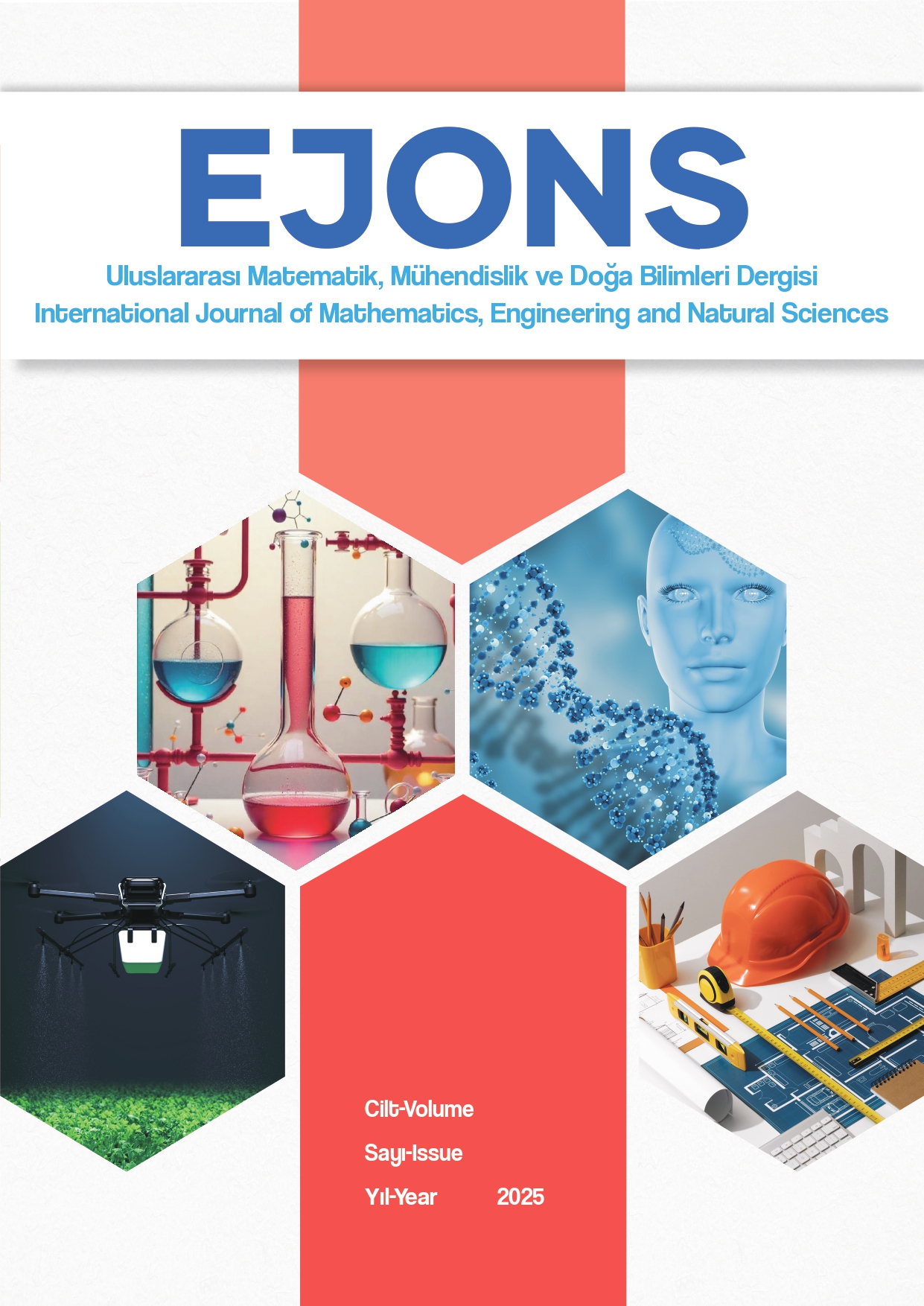Effect of Greenhouses on Vegetable Production
DOI:
https://doi.org/10.5281/zenodo.15054071Keywords:
Vegetable, greenhouse, productionAbstract
Vegetable production in greenhouses has become widespread in recent years because the production is less damaged by adverse weather conditions than in open fields. The economic nature of the covering materials used in greenhouses is also an important reason for the spread of greenhouse farming. Compared to other covering materials, polyethylene greenhouse covering has become widespread due to its easy supply, cheapness and ease of use. Although glass covered greenhouses and greenhouses with hard plastic covering called polycarbonate, polyethylene covered greenhouses are not cheap and easy to supply, large companies use them for large-scale production (domestic and international markets). Since the use of heating systems is widespread in glass greenhouses, it is possible to produce vegetables by using heating and lighting in the winter season. Polyethylene cover material and polycarbonate greenhouses are mostly used for early season vegetable production as heating. In greenhouse vegetable production, the plants are not affected much by the adverse environmental and climatic conditions experienced during the production period, which eliminates product losses. Less labor is spent thanks to automation in cultural processes carried out in the greenhouse. In addition, vegetable production in the form of soilless agriculture, which cannot be done in open areas, is easily done in the greenhouse. The increasing advantages of vegetable production in greenhouses are accelerating the spread of greenhouses day by day.
References
Bergstrand, K.J., 2022. Organic fertilizers in greenhouse production systems–a review. Scientia Horticulturae, 295: 110855.
Dias, G.M., Ayer, N.W., Khosla, S., Van Acker, R., Young, S.B., Whitney, S., Hendricks, P., 2017. Life cycle perspectives on the sustainability of Ontario greenhouse tomato production: Benchmarking and improvement opportunities. Journal of Cleaner Production, 140: 831-839.
Duman, İ., Tüzel, Y., Appelman, D.J., 2020. Türkiye’de sebze üretiminde tür ve çeşit tercihleri. Journal of Agriculture Faculty of Ege University, 169-178.
Emekli, N., Büyüktaş, D., Büyüktaş, K., 2008. Antalya yöresinde seraciliğin mevcut durumu ve yapisal sorunları. Derim, 25(1): 26-39.
Emekli, N., Büyüktaş, K., 2015. Sera örtü malzemelerinin mekanik özellikleri. Derim, 23(2): 24-35.
Gül, A., Engindeniz, S., 2012. Muğla ilinde seralarda dışsatıma yönelik domates üretimi ve pazarlaması1. Ege Üniversitesi. Ziraat Fakültesi Dergisi, 49(2): 175-185.
Günay, A., 1980. Serler. Ankara Üniversitesi Ziraat Fakültesi Yayınları, Ankara.
Incrocci, L., Thompson, R.B., Fernandez-Fernandez, M.D., De Pascale, S., Pardossi, A., Stanghellini, C., Gallardo, M., 2020. Irrigation management of European greenhouse vegetable crops. Agricultural Water Management, 242: 106393.
Kabay, T., Erdinc, C., Sensoy, S., 2017. Effects of drought stress on plant growth parameters, membrane damage index and nutrient content in common bean genotypes. JAPS: Journal of Animal & Plant Sciences, 27(3).
Kabay, T., 2022. Effects of different potassium doses on growth rates and micronutrients of drought-sensitive beans. Journal of Elementology, 27(2): 239-247.
Kabay, T., 2024. Amatör Olarak Yüksek Tünel Yapım Tekniği (Ed: A. Bayav). Ziraat, Orman ve Su Ürünleri Alaninda Akademik Çalışmalar VI, Iksad Publishing House, Ankara.
Kadanali, E., Saklica, A., Dağdemir, V., 2008. Erzurum ili uzundere ilçesinde serada hıyar ve domates üretim maliyeti ve pazarlama yapısı. VIII. Tarım Ekonomisi Kongresi, Bursa.
Rouphael, Y., Kyriacou, M.C., Petropoulos, S.A., De Pascale, S., Colla, G., 2018. Kontrollü ortamlarda sebze kalitesinin iyileştirilmesi. Scientia Horticulturae, 234: 275-289.
Sevgican, A., 1999. Örtüaltı Sebzeciliği. Ege Üniversitesi Ziraat Fakültesi Yayınları, İzmir.
Tarım ve Orman Bakanlığı, 2025. (https://www.tarimorman.gov.tr/BUGEM/Belgeler/.pdf), (Erişim tarihi: 04.03.2025).
Tüzel, Y., Öztekin, G.B., Karaman, İ., 2010. Serik ilçesindeki modern ve geleneksel sera işletmelerinin üretici özellikleri, sera yapısı ve sebze üretim teknikleri bakımından karşılaştırılması. Ege Üniversitesi Ziraat Fakültesi Dergisi, 47(3): 223-230.
Yağcıoğlu, A., 2005. Sera Mekanizasyonu. Ege Üniversitesi Ziraat Fakültesi Yayınları, İzmir.
Downloads
Published
How to Cite
Issue
Section
License
Copyright (c) 2025 Ejons International Journal on Mathematic, Engineering and Natural Sciences

This work is licensed under a Creative Commons Attribution-NonCommercial 4.0 International License.


